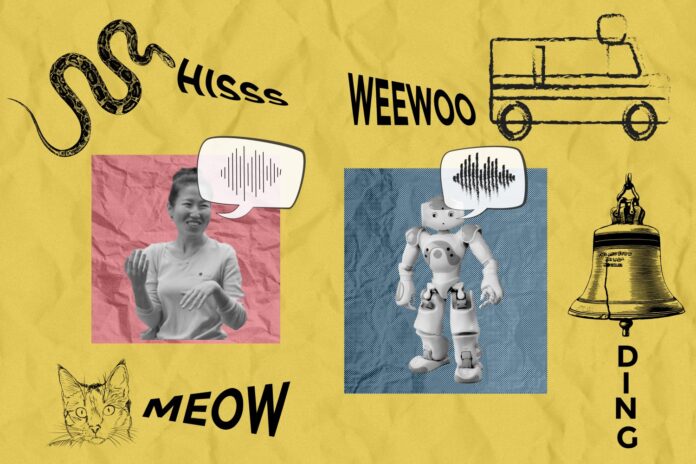Introduction to Vocal Imitation
Whether you’re describing the sound of your faulty car engine or meowing like your neighbor’s cat, imitating sounds with your voice can be a helpful way to relay a concept when words don’t do the trick. Vocal imitation is the sonic equivalent of doodling a quick picture to communicate something you saw — except that instead of using a pencil to illustrate an image, you use your vocal tract to express a sound.
The Science Behind Vocal Imitation
MIT Computer Science and Artificial Intelligence Laboratory (CSAIL) researchers have developed an AI system that can produce human-like vocal imitations with no training, and without ever having "heard" a human vocal impression before. To achieve this, the researchers engineered their system to produce and interpret sounds much like we do. They started by building a model of the human vocal tract that simulates how vibrations from the voice box are shaped by the throat, tongue, and lips.
How the Model Works
The model can effectively take many sounds from the world and generate a human-like imitation of them — including noises like leaves rustling, a snake’s hiss, and an approaching ambulance siren. Their model can also be run in reverse to guess real-world sounds from human vocal imitations, similar to how some computer vision systems can retrieve high-quality images based on sketches. For instance, the model can correctly distinguish the sound of a human imitating a cat’s “meow” versus its “hiss.”
Potential Applications
In the future, this model could potentially lead to more intuitive “imitation-based” interfaces for sound designers, more human-like AI characters in virtual reality, and even methods to help students learn new languages. The co-lead authors — MIT CSAIL PhD students Kartik Chandra and Karima Ma, and undergraduate researcher Matthew Caren — note that computer graphics researchers have long recognized that realism is rarely the ultimate goal of visual expression.
The Art of Imitation
The team developed three increasingly nuanced versions of the model to compare to human vocal imitations. First, they created a baseline model that simply aimed to generate imitations that were as similar to real-world sounds as possible — but this model didn’t match human behavior very well. The researchers then designed a second “communicative” model, which considers what’s distinctive about a sound to a listener.
Toward More Expressive Sound Technology
Passionate about technology for music and art, Caren envisions that this model could help artists better communicate sounds to computational systems and assist filmmakers and other content creators with generating AI sounds that are more nuanced to a specific context. It could also enable a musician to rapidly search a sound database by imitating a noise that is difficult to describe in, say, a text prompt.
Conclusion
The development of this model is an exciting step toward formalizing and testing theories of vocal imitation. While there is still work to be done, the potential applications of this technology are vast and could lead to significant advancements in fields such as sound design, virtual reality, and language learning. As the team continues to refine their model, we can expect to see even more impressive and human-like vocal imitations in the future.

